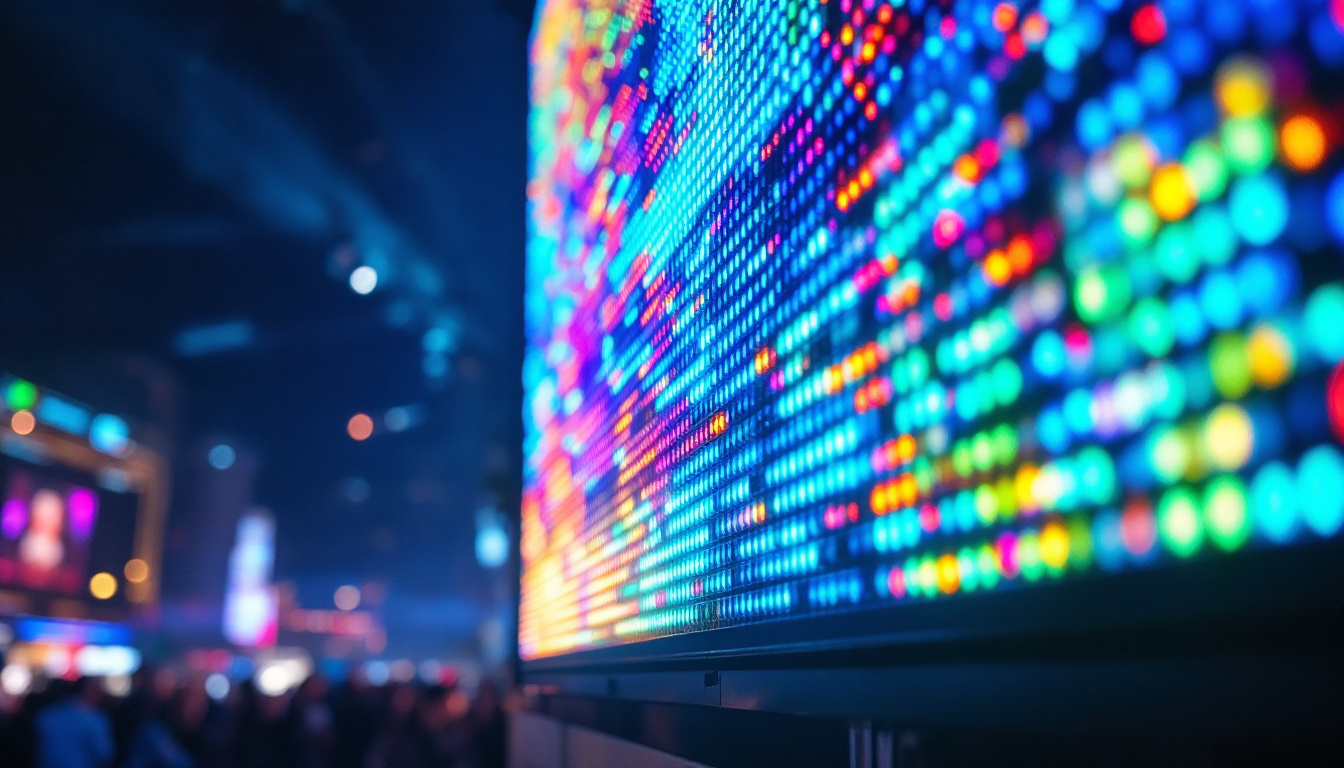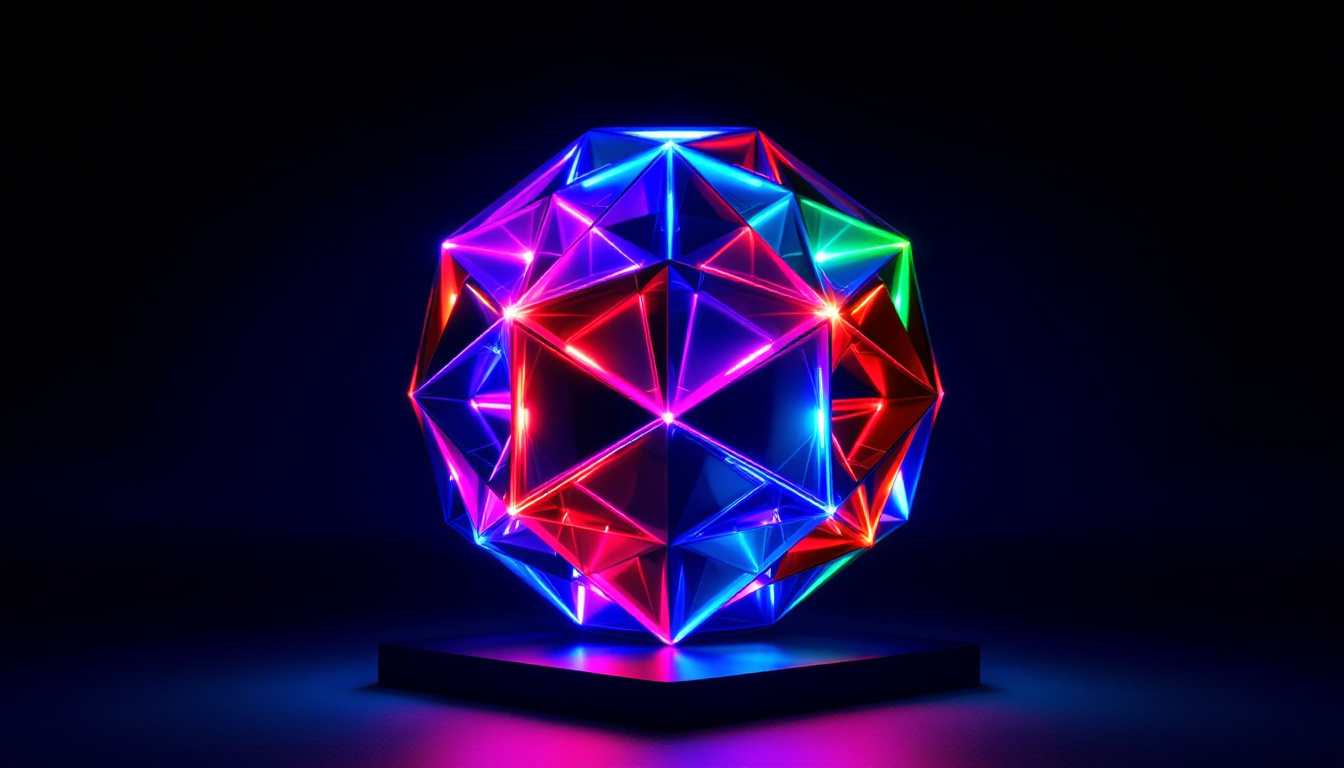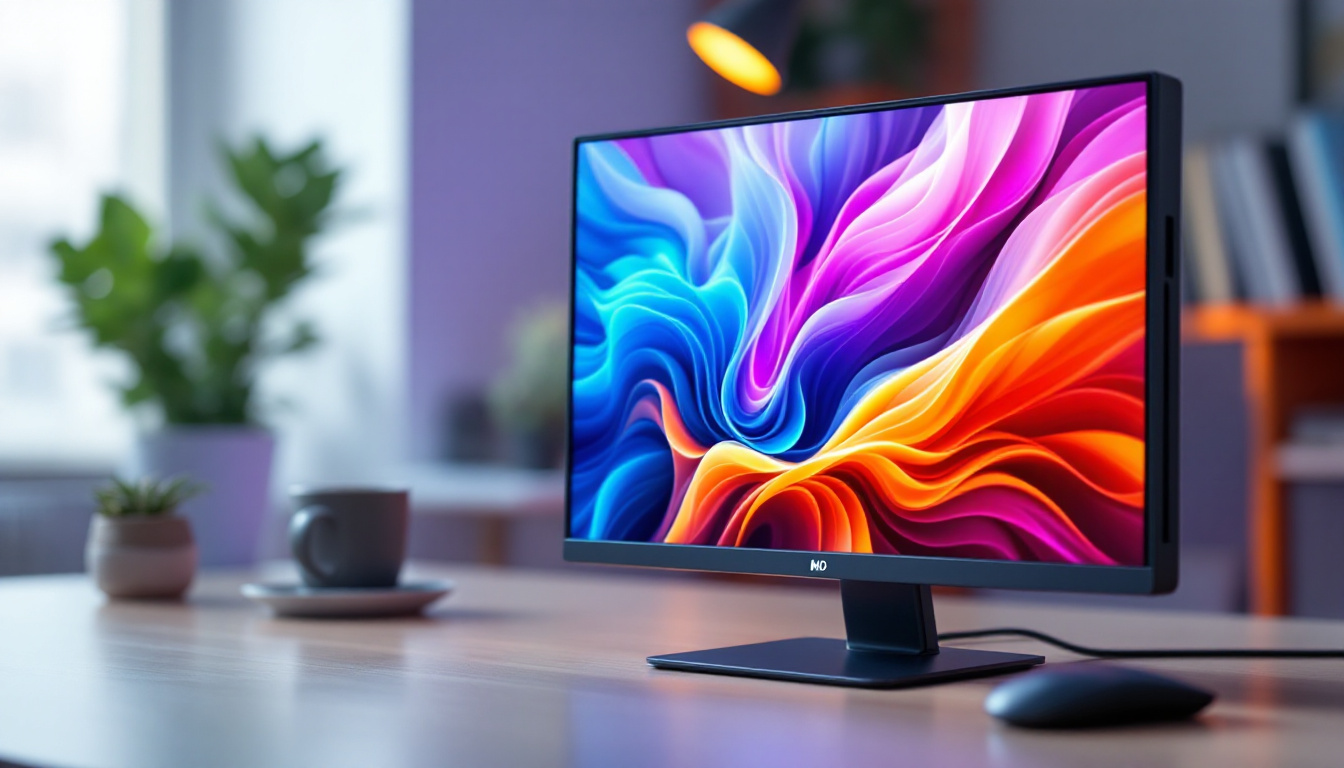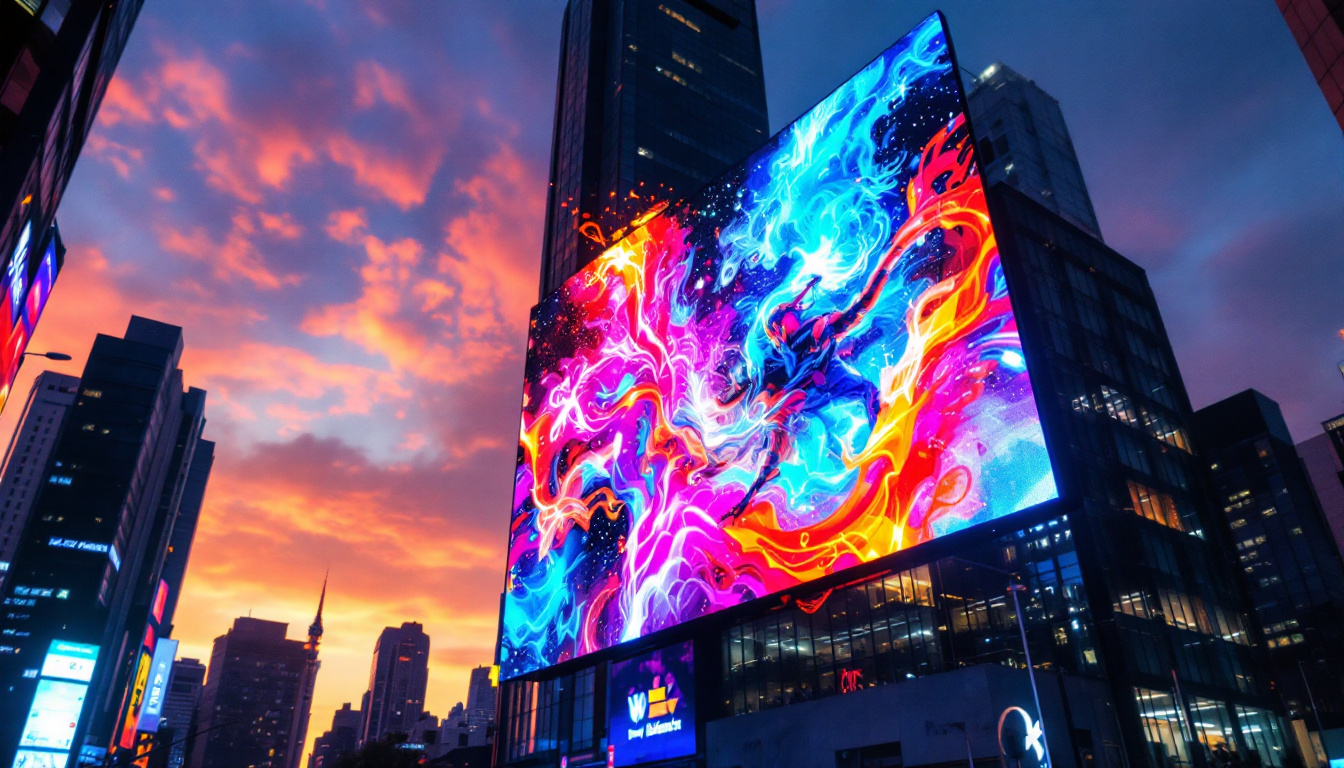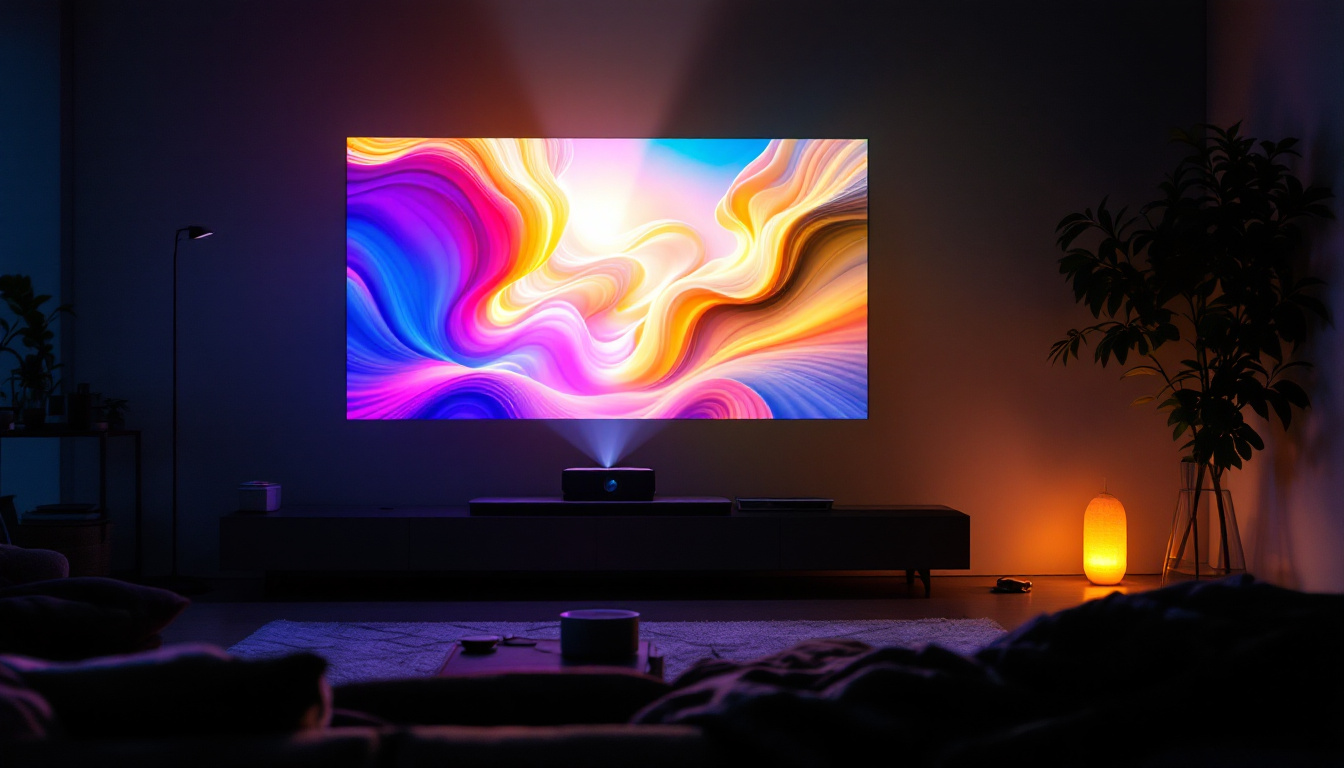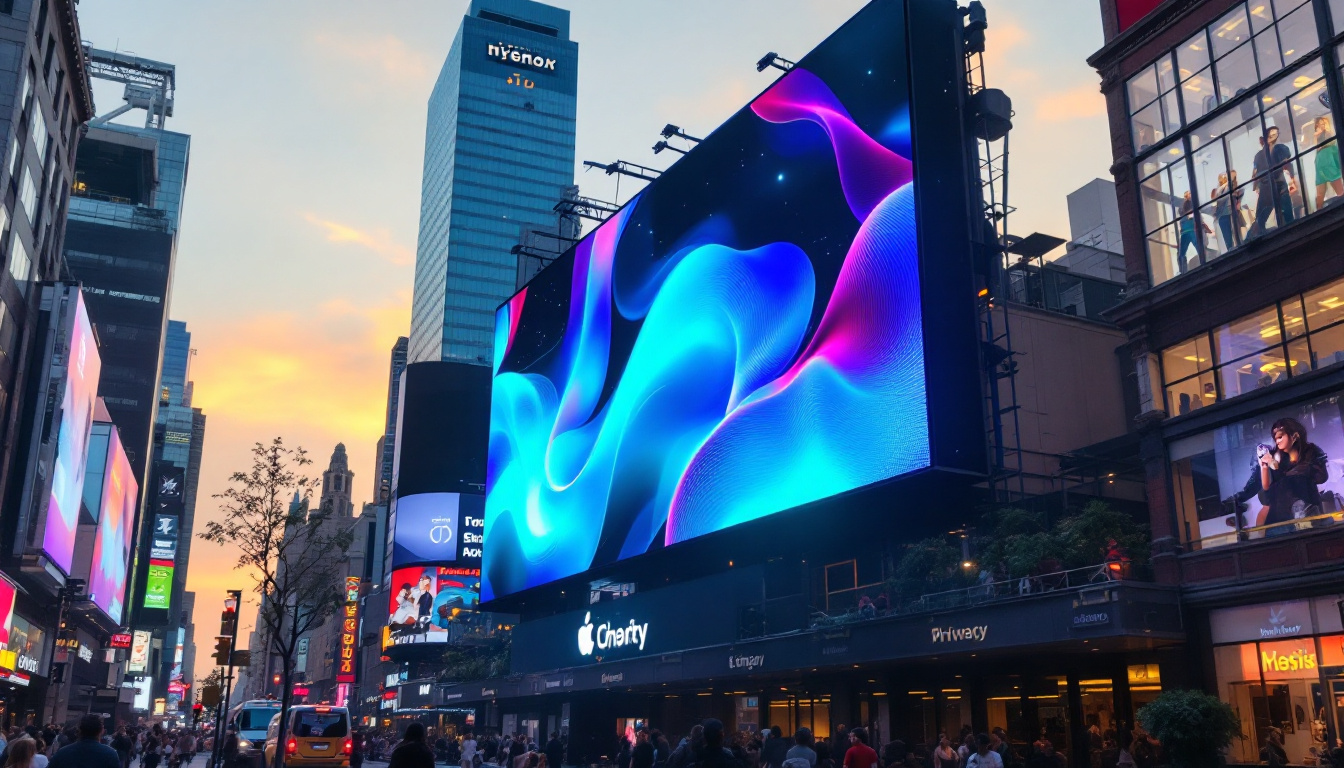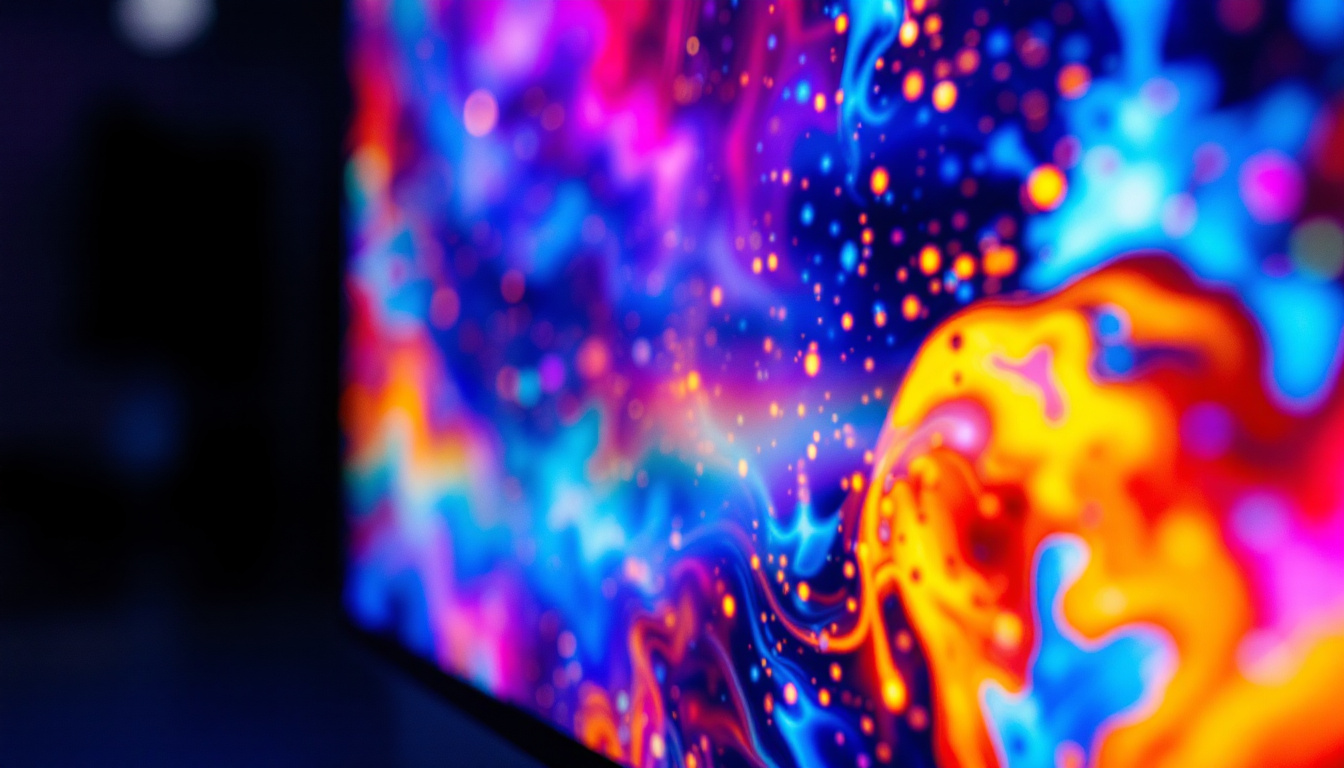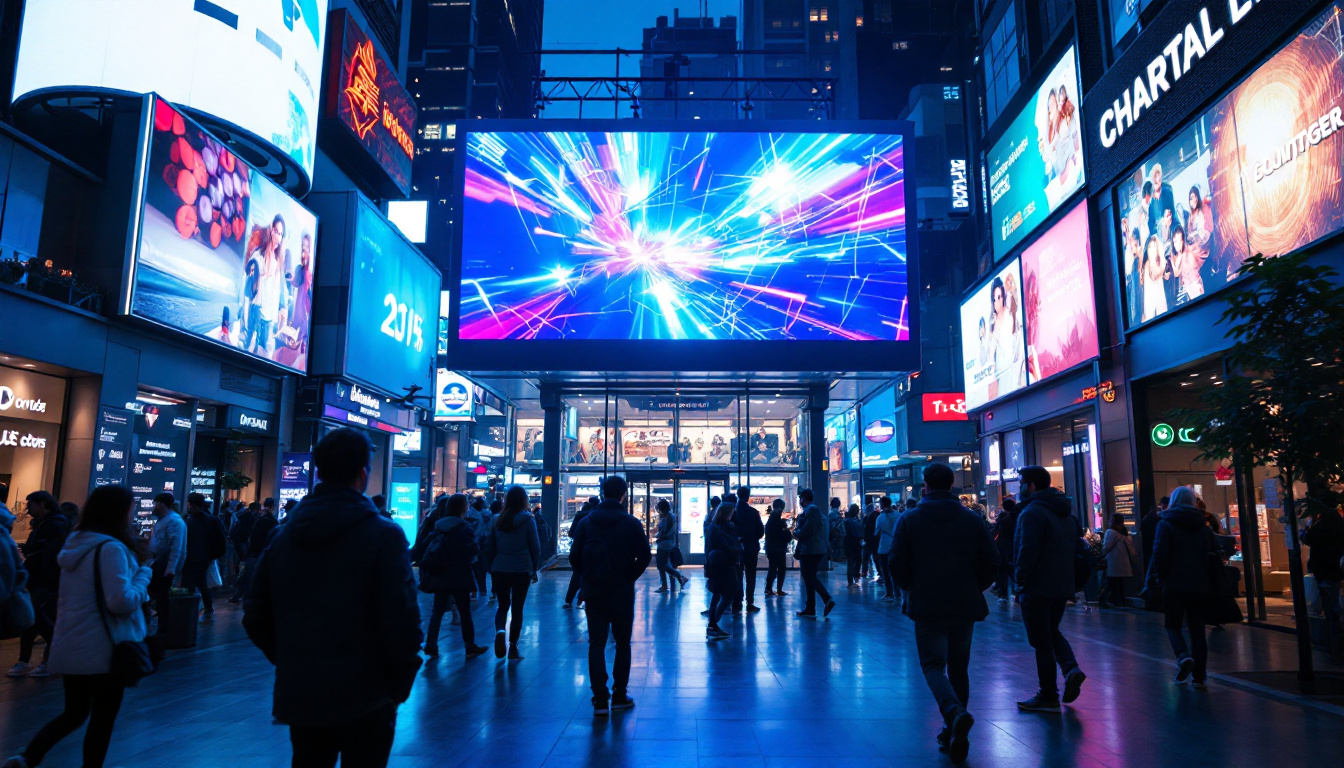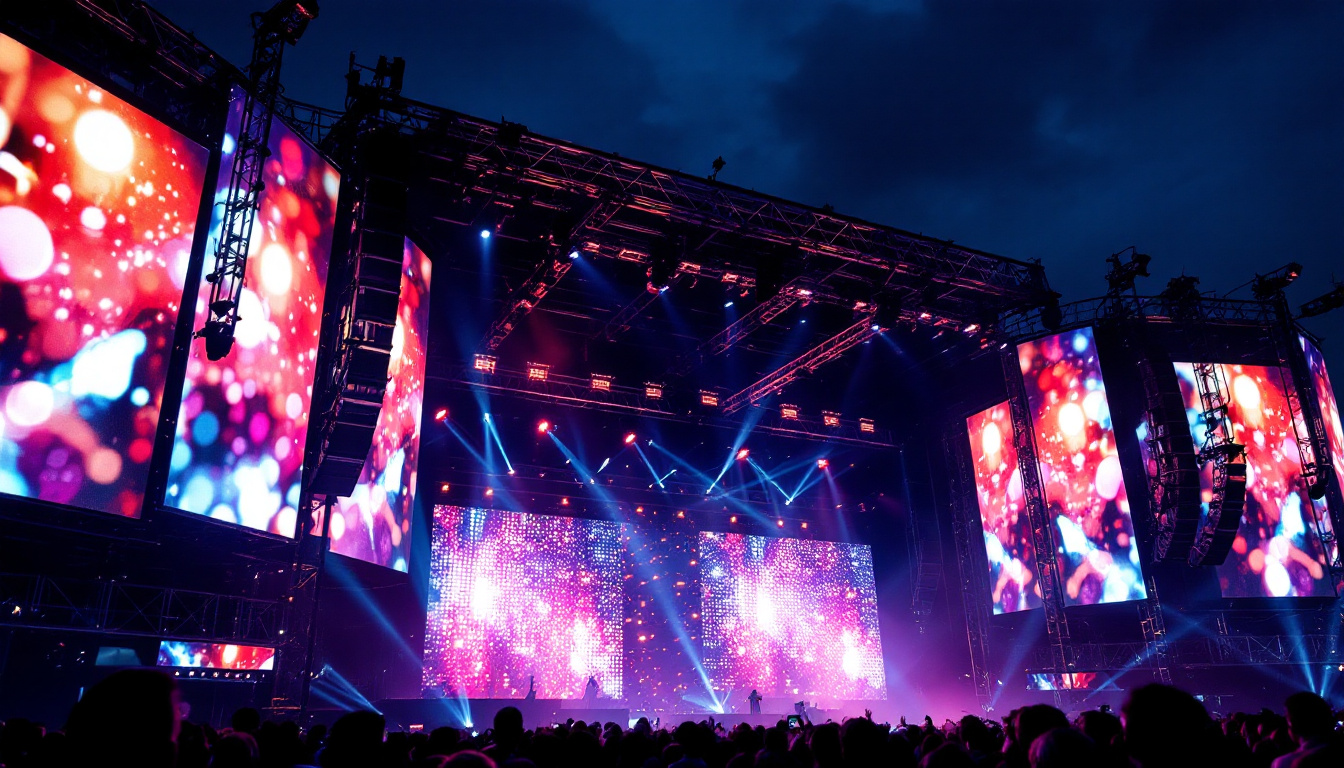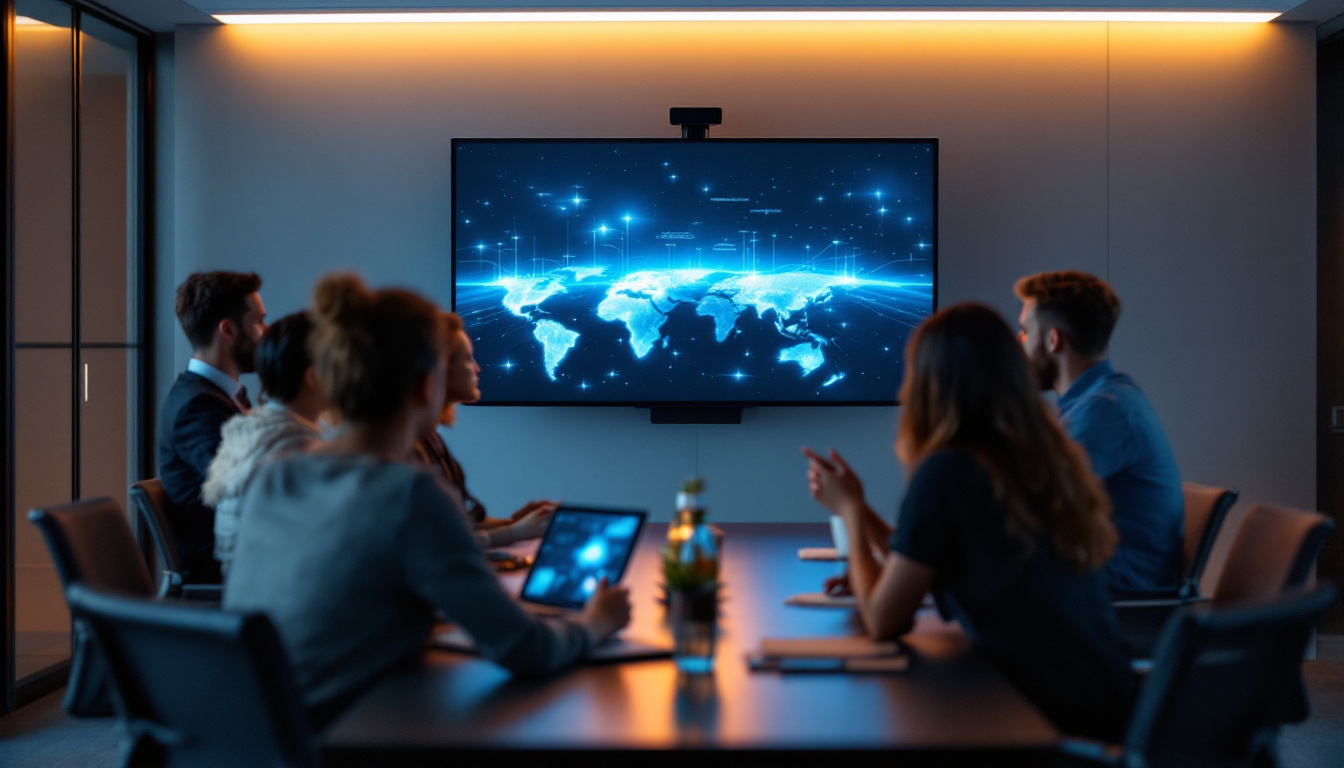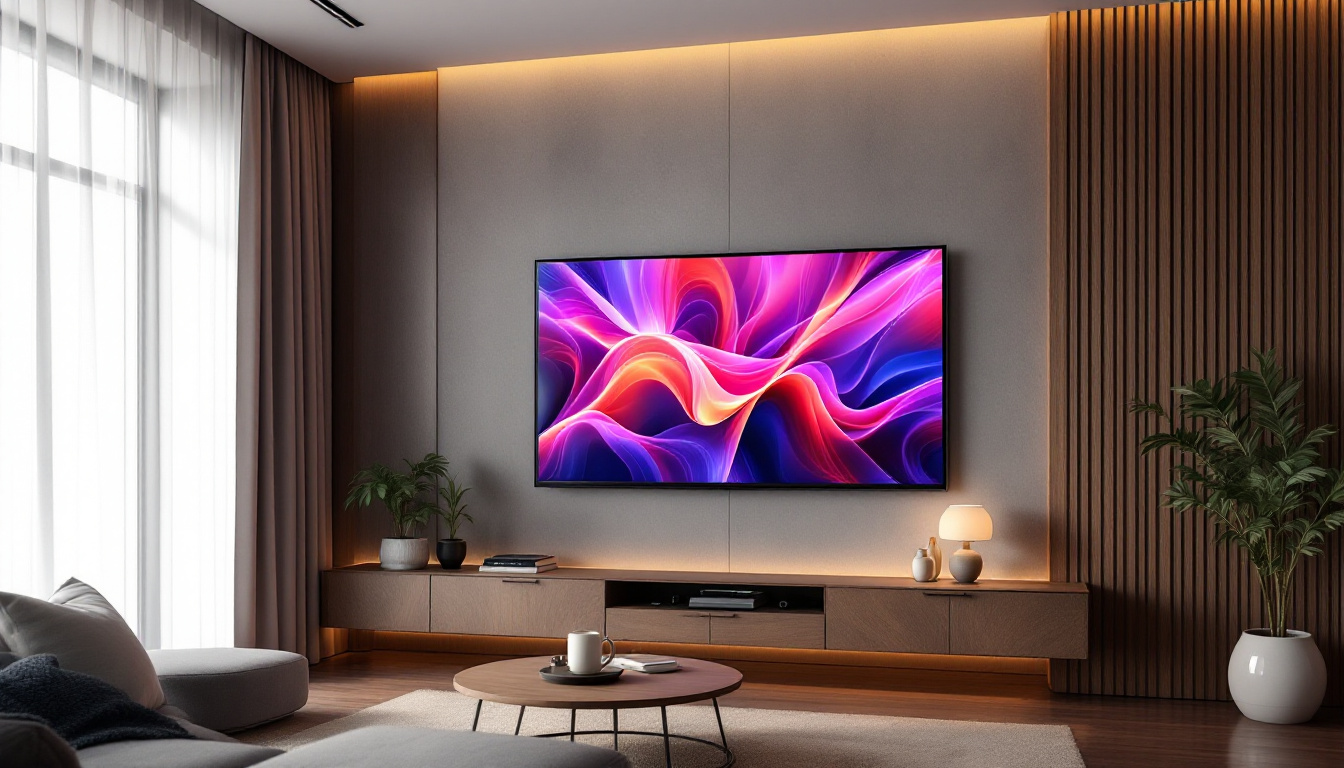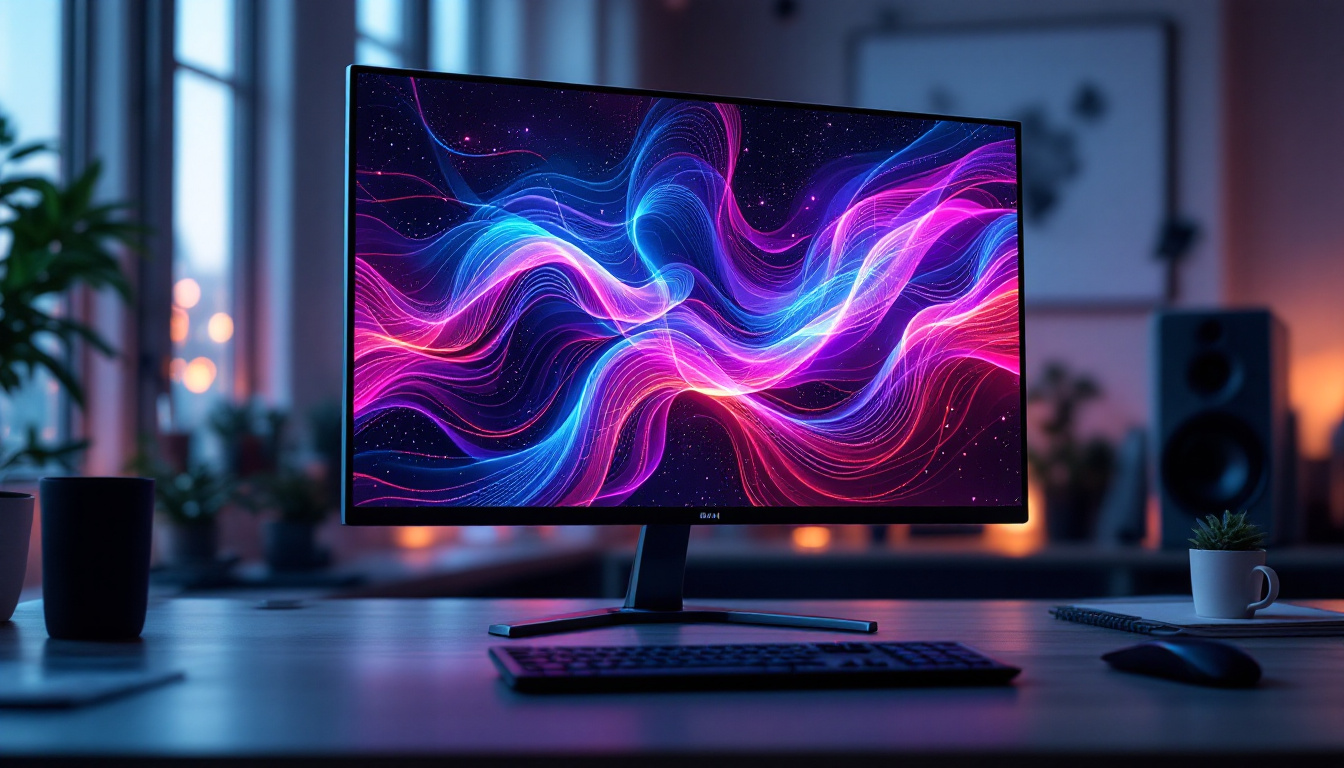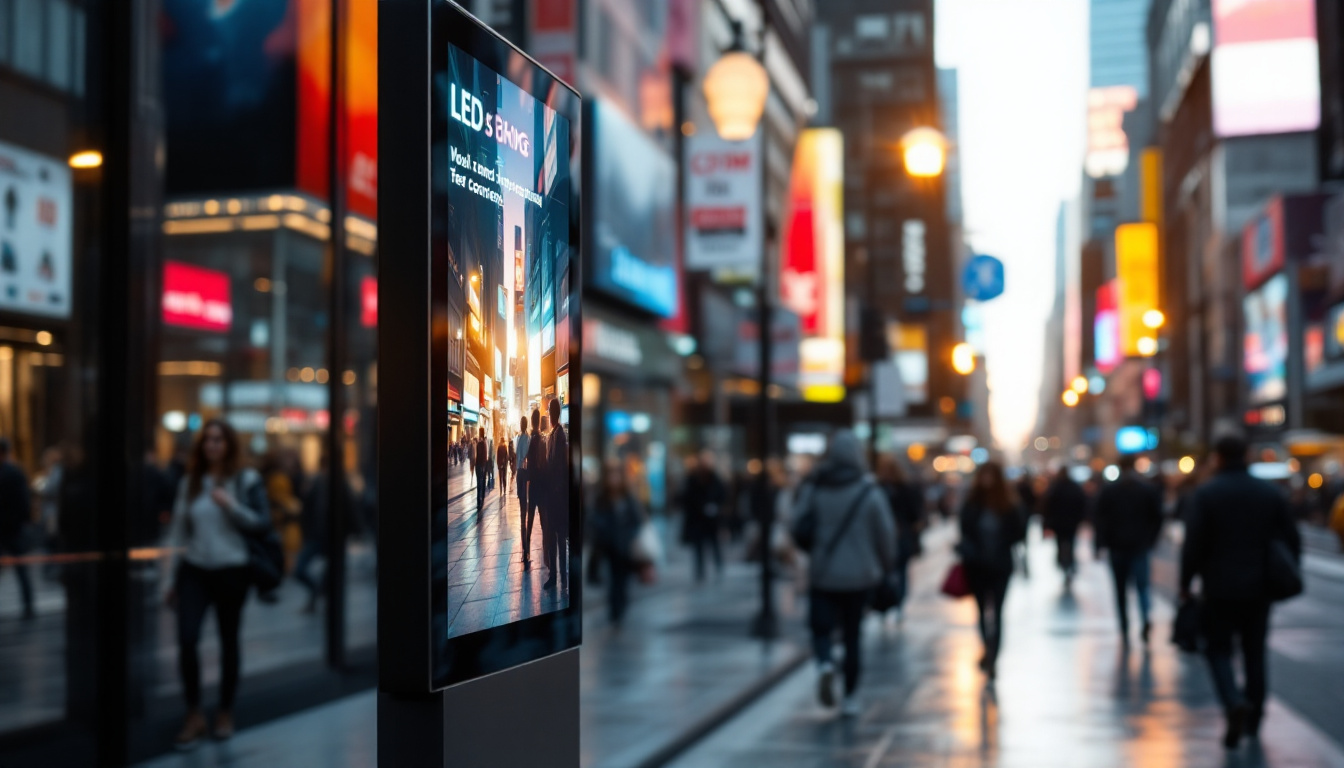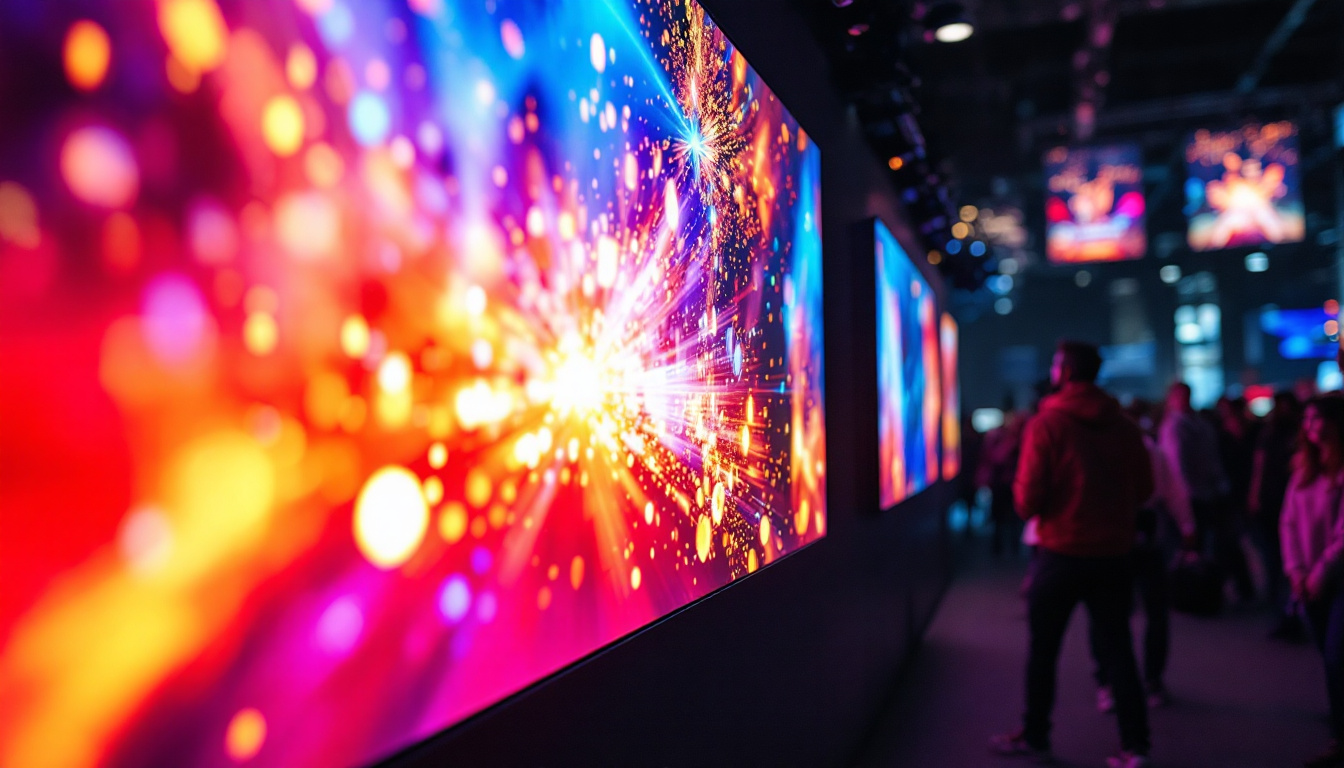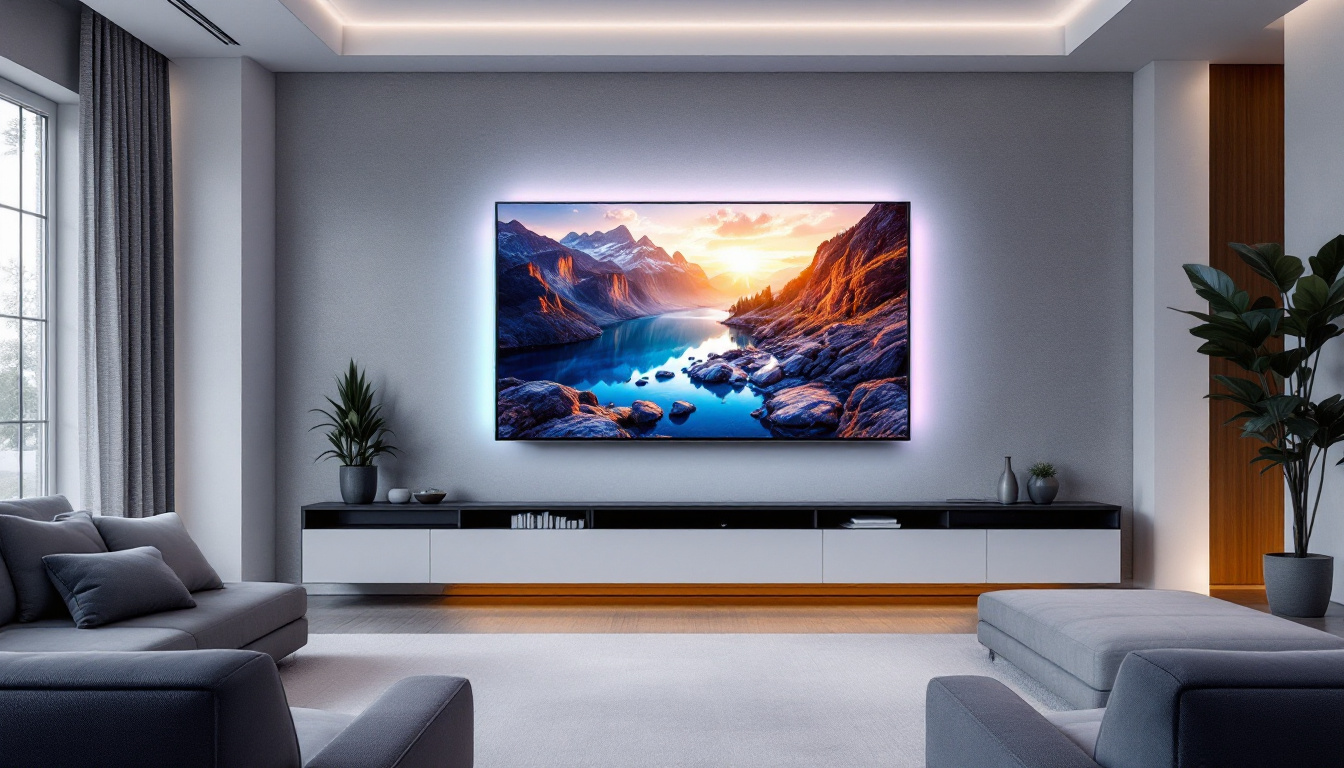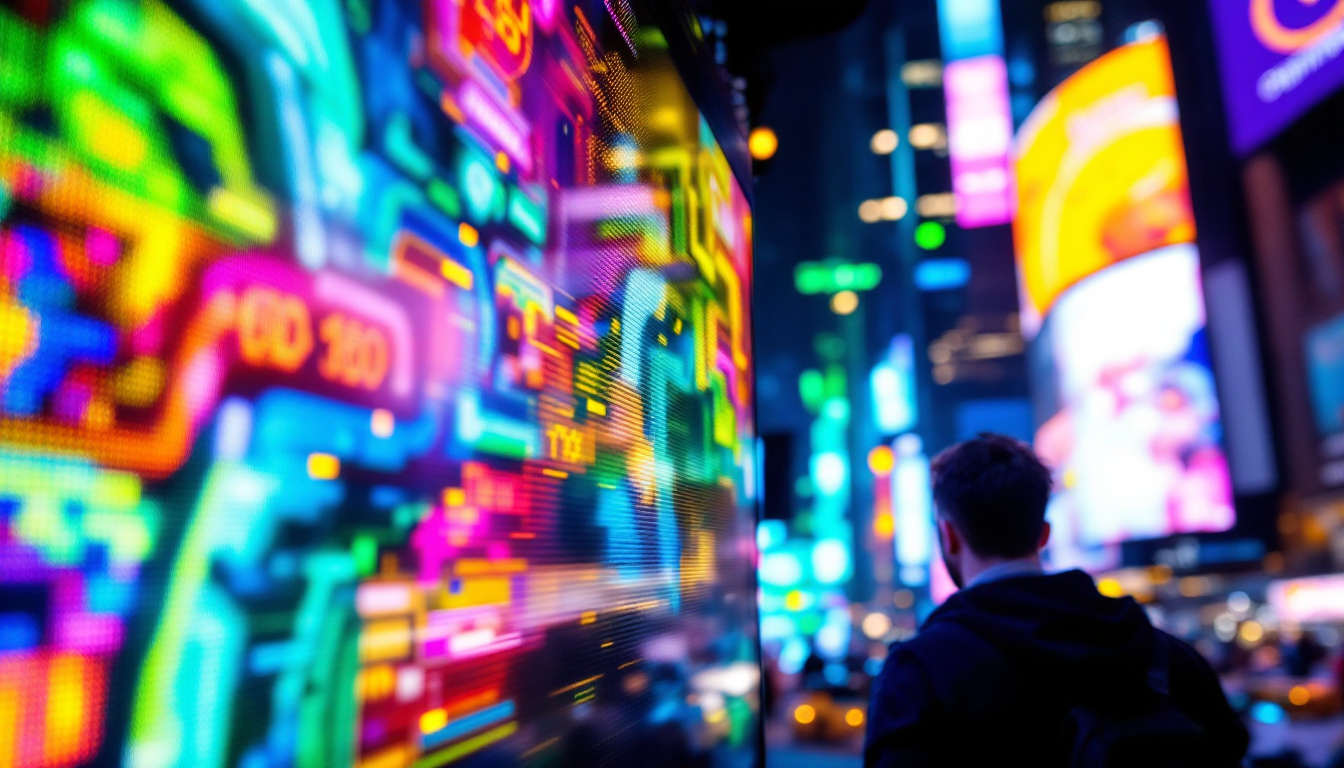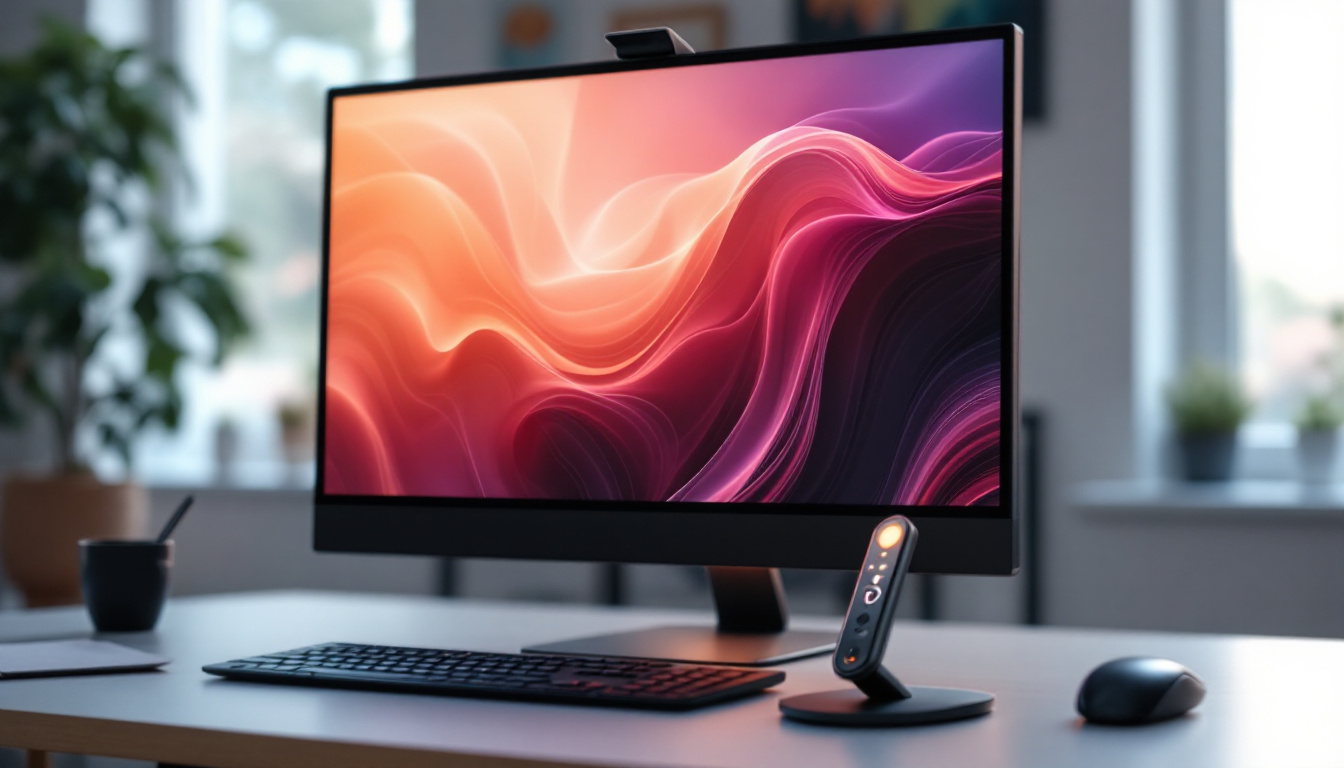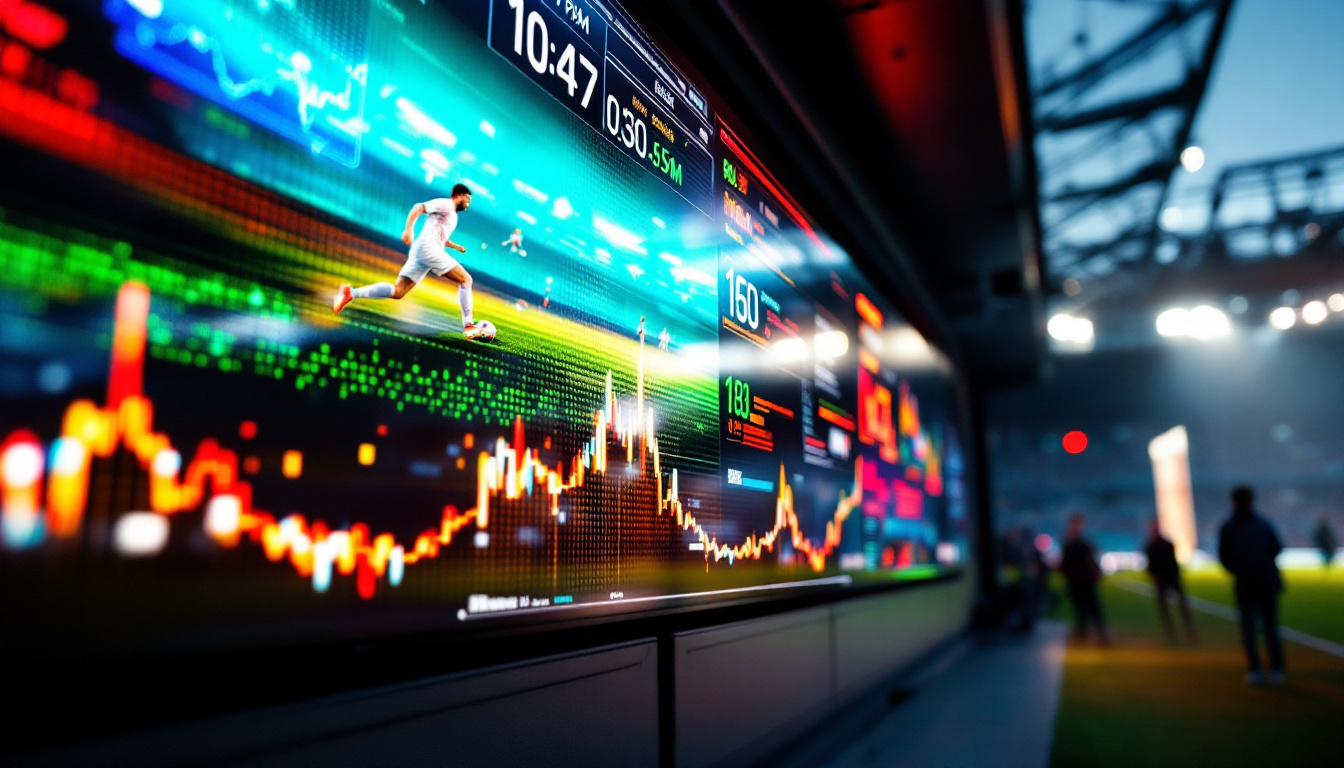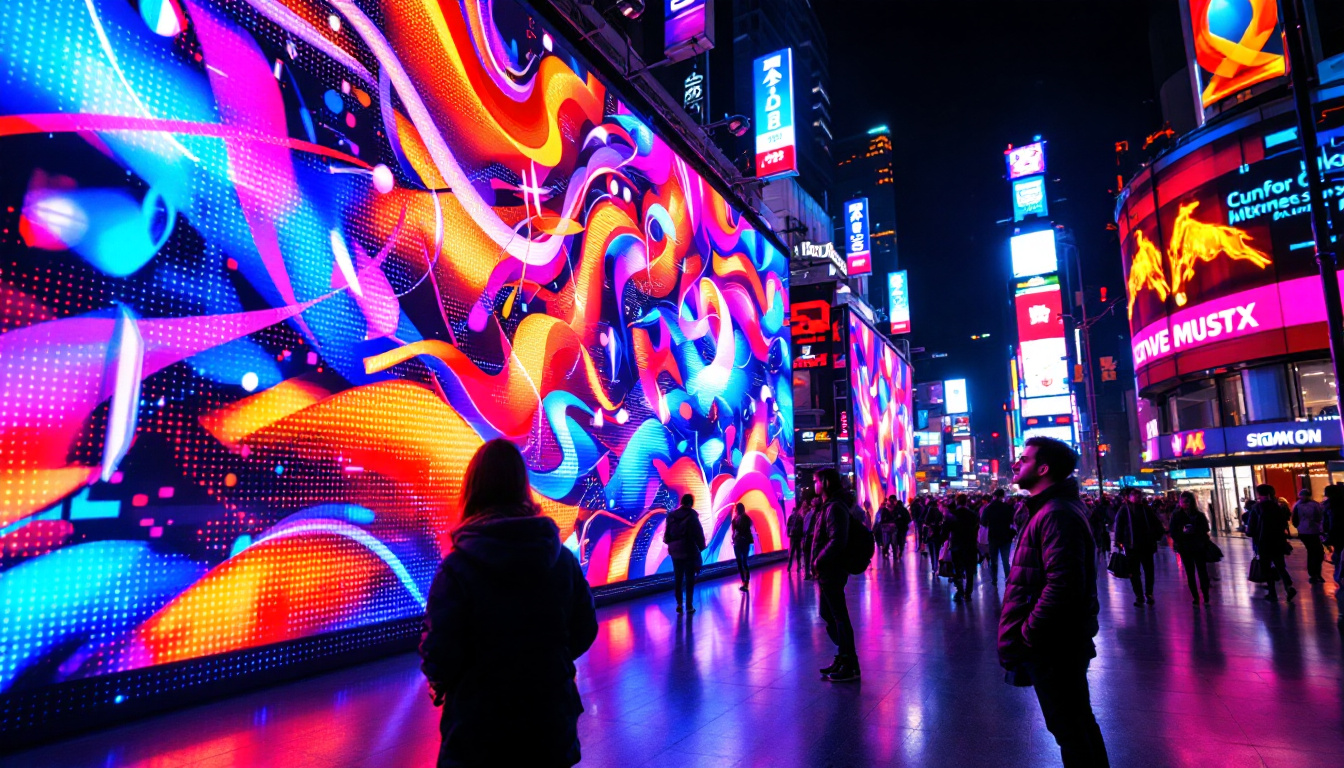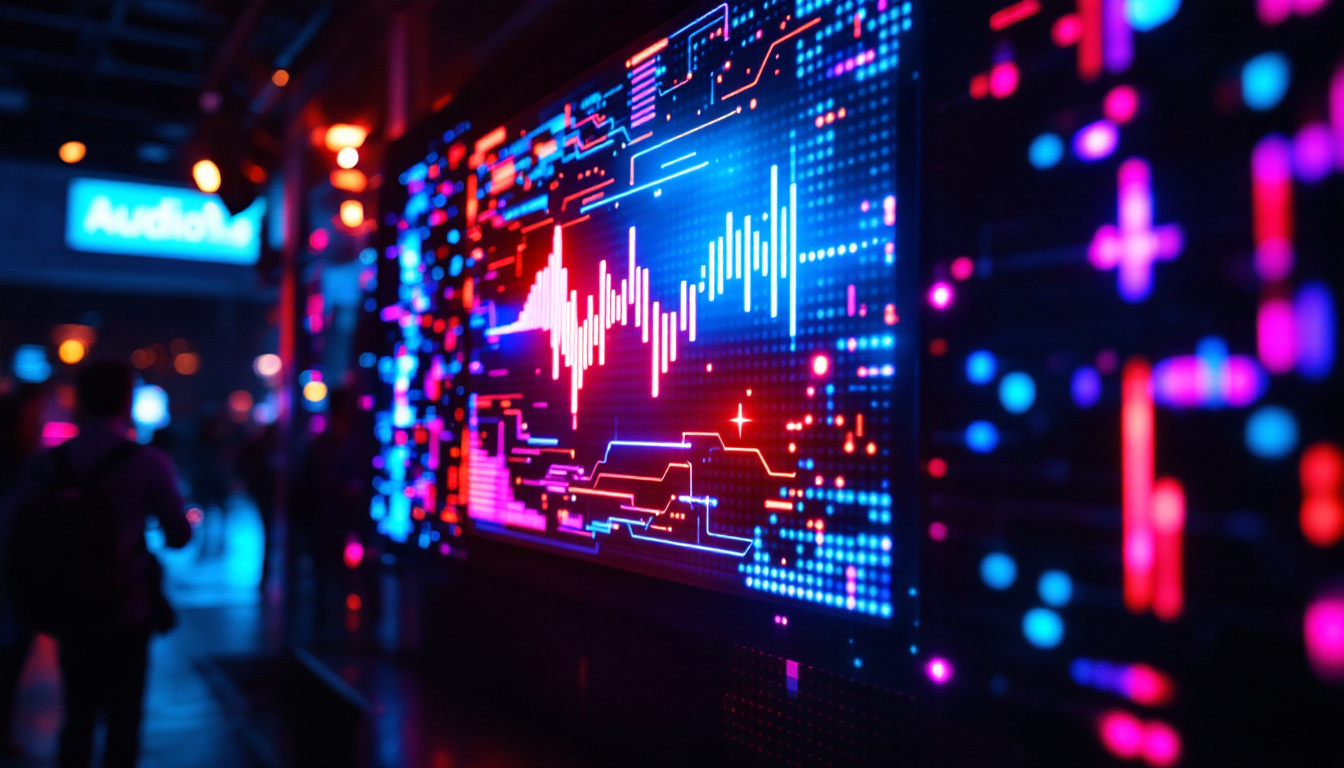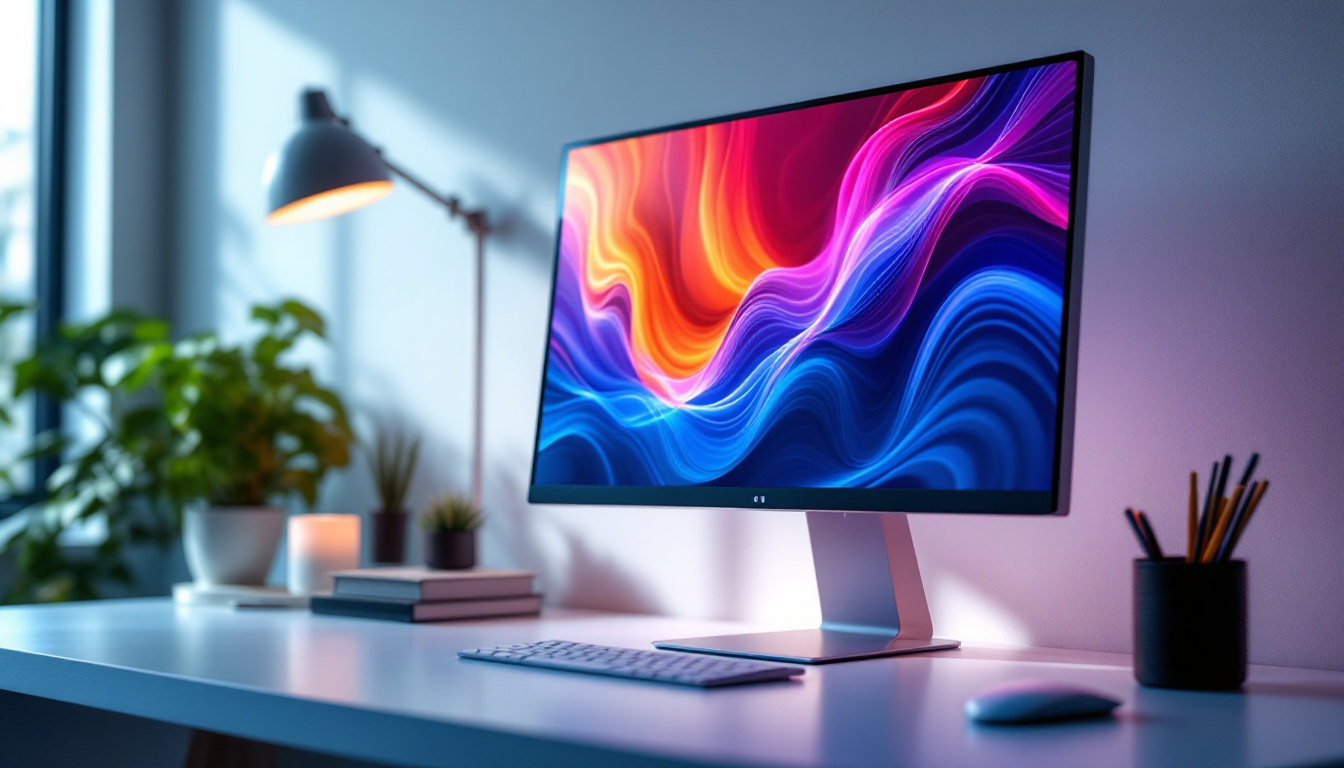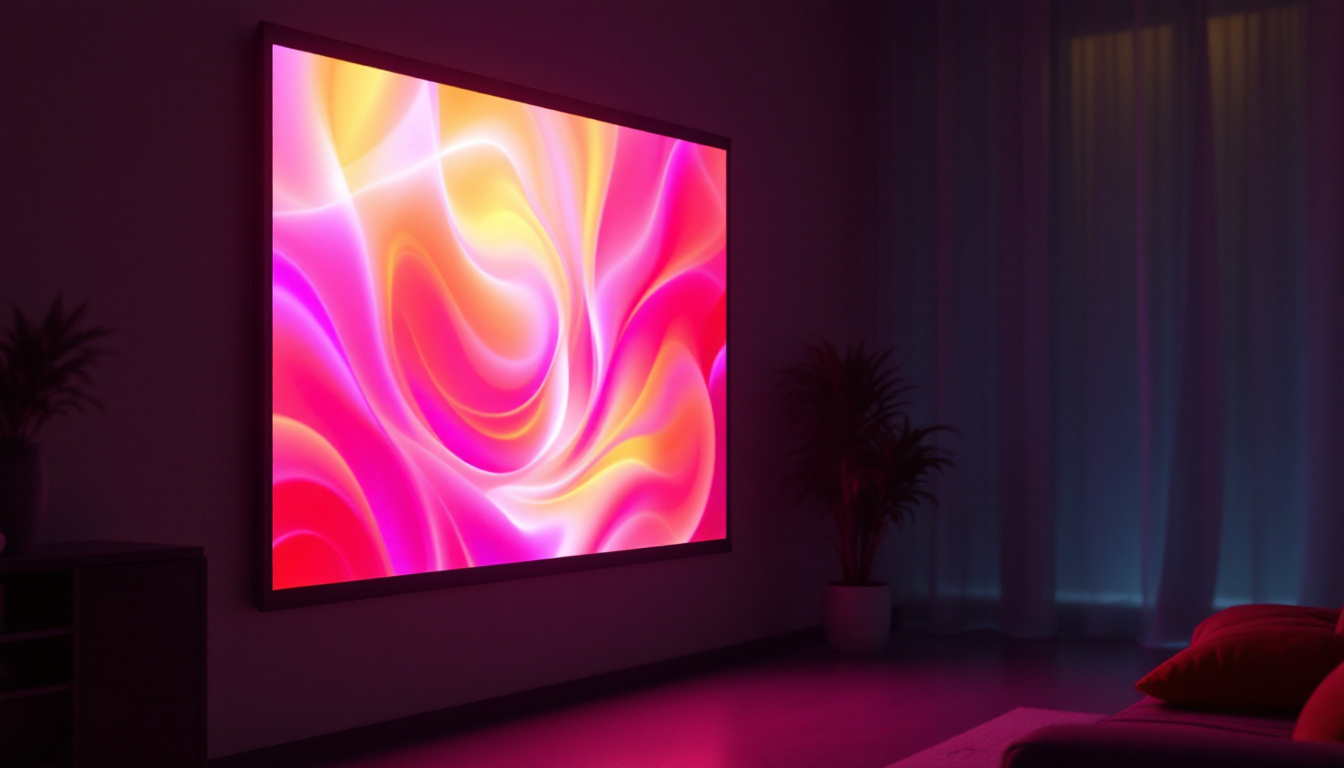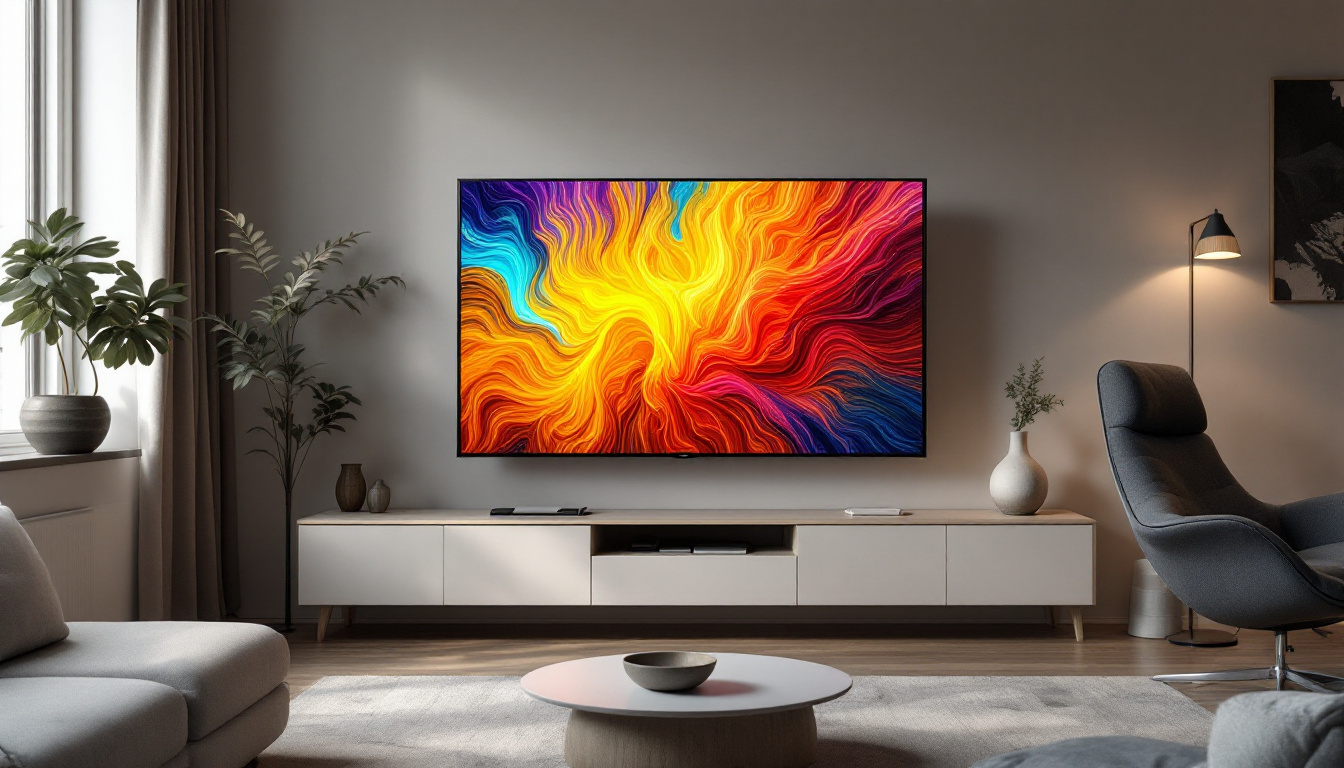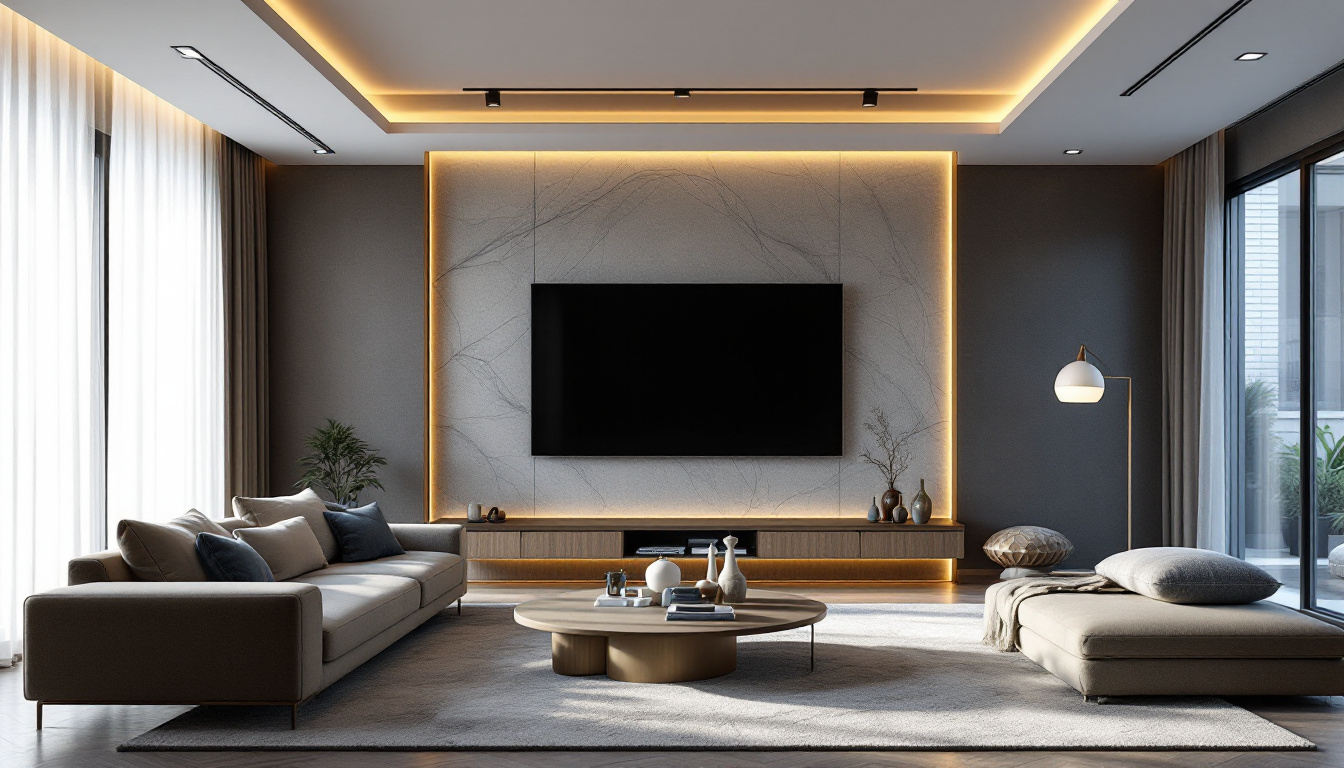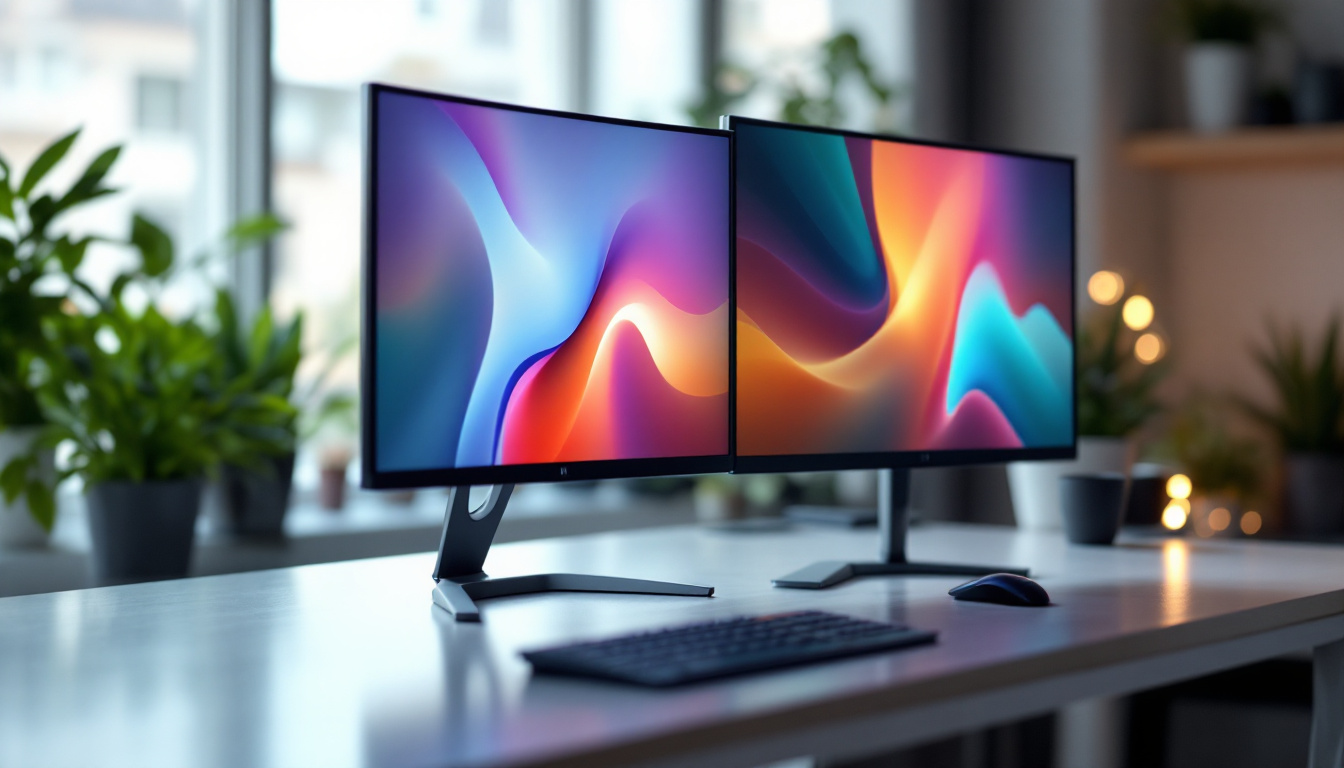The Hz 709 is a sophisticated LED display that has gained popularity across various industries, from retail to broadcasting. Understanding its features, functionality, and the technical specifications outlined in its manual is crucial for users looking to maximize its potential. This article delves into the intricacies of the Hz 709 LED display, providing a comprehensive guide to its operation and applications.
Overview of the Hz 709 LED Display
The Hz 709 LED display stands out for its high-resolution output and vibrant color reproduction. Designed for both indoor and outdoor use, it boasts a range of features that cater to diverse needs. Its robust construction ensures durability, making it suitable for various environments, including shopping malls, sports arenas, and corporate events. The versatility of the Hz 709 makes it an ideal choice for advertising, entertainment, and information dissemination, ensuring that it meets the demands of modern visual communication.
Key Features
Among the key features of the Hz 709 is its impressive brightness level, which ensures visibility even in direct sunlight. The display utilizes advanced LED technology, allowing for sharp images and videos. Additionally, the Hz 709 supports multiple input formats, making it versatile for different media types. This adaptability is crucial for users who may need to switch between live feeds, pre-recorded content, or even interactive displays, enhancing the overall user experience.
Another notable feature is its modular design, which allows for easy installation and maintenance. Users can quickly replace individual panels without needing to dismantle the entire setup, ensuring minimal downtime. This aspect is particularly beneficial for large-scale installations where efficiency is paramount. Moreover, the modularity of the Hz 709 enables users to customize the display size and shape, accommodating unique venue requirements and creating captivating visual experiences tailored to specific audiences.
Technical Specifications
The technical specifications of the Hz 709 are impressive. It typically features a pixel pitch that ranges from 2.5mm to 10mm, providing options for various viewing distances. The refresh rate is another critical aspect, often exceeding 1920Hz, which results in smooth video playback without flickering. This high refresh rate not only enhances the visual quality but also makes the Hz 709 suitable for fast-paced content, such as sports broadcasts and dynamic advertisements, where clarity and fluidity are essential.
In terms of connectivity, the Hz 709 supports HDMI, DVI, and SDI inputs, allowing for seamless integration with different media sources. Furthermore, its energy-efficient design contributes to lower operational costs, making it an attractive option for businesses looking to reduce their carbon footprint. The display also features built-in cooling systems to maintain optimal performance during prolonged use, ensuring that the LED panels operate efficiently without overheating. This attention to detail in design and functionality underscores the Hz 709’s commitment to delivering a reliable and high-quality visual solution for any setting.
Understanding the Manual
The manual for the Hz 709 LED display is an essential resource for users. It provides detailed information on installation, configuration, and troubleshooting, ensuring that users can operate the display effectively. Familiarizing oneself with the manual can significantly enhance the user experience.
Installation Guidelines
Installation of the Hz 709 requires careful planning and execution. The manual outlines the necessary steps, including selecting an appropriate location, ensuring adequate power supply, and mounting the display securely. It is crucial to follow these guidelines to avoid operational issues later on.
Additionally, the manual emphasizes the importance of environmental considerations. For outdoor installations, users should assess factors such as weather conditions and sunlight exposure, which can affect the display’s performance. Proper installation not only enhances visibility but also prolongs the life of the display. The manual also suggests using protective enclosures or weatherproofing measures to safeguard the display from extreme temperatures and moisture, which can significantly impact its longevity and functionality.
Configuration Settings
Once installed, configuring the Hz 709 is the next step. The manual provides a comprehensive overview of the settings available, including brightness adjustment, color calibration, and aspect ratio settings. Users can customize these parameters to suit their specific needs, ensuring optimal performance.
Moreover, the manual includes troubleshooting tips for common configuration issues. For instance, if the display does not show the expected output, users are guided through a series of checks to identify and resolve the problem quickly. This proactive approach can save time and resources. Furthermore, the manual highlights the importance of software updates, encouraging users to regularly check for firmware upgrades that can enhance functionality and introduce new features, ensuring that the Hz 709 remains at the forefront of display technology.
Operational Features
The operational features of the Hz 709 are designed to enhance user interaction and content delivery. From remote control capabilities to advanced scheduling options, these features enable users to manage their displays efficiently. With a focus on user-friendliness, the Hz 709 integrates seamlessly into various environments, making it an ideal choice for retail spaces, corporate settings, and educational institutions alike.
Remote Control and Management
One of the standout features of the Hz 709 is its remote control functionality. Users can operate the display from a distance, allowing for convenient adjustments without needing to be physically present. This feature is particularly useful for large installations where accessing the display may be challenging. The intuitive interface ensures that even those with minimal technical expertise can navigate the system with ease, making it accessible to a wider range of users.
The manual details the process for connecting the display to a network, enabling users to control multiple units simultaneously. This centralized management system streamlines operations, making it easier to update content and settings across various displays. Additionally, the Hz 709 supports integration with third-party management software, providing users with even more options for customization and control. This capability allows for real-time monitoring and adjustments, ensuring that displays are always functioning optimally and delivering the intended message.
Content Scheduling
Content scheduling is another vital feature of the Hz 709. Users can program the display to show specific content at predetermined times, allowing for targeted messaging. This capability is especially beneficial for businesses looking to promote sales or events at specific times of the day. The flexibility of the scheduling system enables users to create dynamic content playlists that can adapt to seasonal changes or special promotions, ensuring that messaging remains relevant and engaging.
The manual provides step-by-step instructions on how to set up content schedules, including options for recurring events. This flexibility ensures that users can adapt their messaging strategies to meet changing demands, enhancing engagement with their audience. Furthermore, the Hz 709 allows for the integration of social media feeds and live data, providing opportunities for real-time updates that can capture the attention of passersby. By incorporating such elements, users can create a more interactive experience that resonates with their target audience and encourages participation.
Maintenance and Troubleshooting
Regular maintenance is essential for keeping the Hz 709 LED display in optimal condition. The manual outlines best practices for cleaning and servicing the display, ensuring longevity and consistent performance.
Cleaning Procedures
Cleaning the display is a straightforward process, but it requires attention to detail. The manual recommends using a soft, lint-free cloth and a mild cleaning solution to avoid damaging the screen. Users should avoid abrasive materials that could scratch the surface.
Additionally, the manual advises on the frequency of cleaning based on environmental factors. For instance, displays located in dusty areas may require more frequent cleaning to maintain clarity and brightness. Regular maintenance not only enhances the display’s appearance but also its functionality.
Troubleshooting Common Issues
Even with proper maintenance, users may encounter issues with the Hz 709. The manual serves as a valuable resource for troubleshooting common problems. For example, if the display fails to power on, users are guided through a checklist of potential causes, such as power supply issues or loose connections.
Furthermore, the manual includes a section dedicated to error codes, providing users with insights into specific problems and recommended solutions. This proactive approach to troubleshooting can minimize downtime and ensure that the display operates smoothly.
Applications of the Hz 709 LED Display
The versatility of the Hz 709 makes it suitable for a wide range of applications. From advertising to information dissemination, the display can effectively meet the needs of various sectors.
Advertising and Marketing
In the advertising realm, the Hz 709 is a powerful tool for capturing attention. Its vibrant colors and high resolution make it ideal for showcasing products and promotions. Businesses can leverage the display to create dynamic advertisements that engage customers and drive sales.
Moreover, the ability to schedule content allows businesses to tailor their messaging to specific audiences. For instance, a retail store can promote seasonal sales during peak shopping hours, maximizing visibility and impact.
Event Broadcasting
For event organizers, the Hz 709 offers a reliable solution for broadcasting live events. Whether it’s a concert, sports game, or corporate presentation, the display can deliver high-quality visuals to large audiences. This capability enhances the overall experience for attendees, making events more memorable.
The manual provides insights on optimizing the display for live events, including tips on camera integration and video playback settings. By following these guidelines, event organizers can ensure that their content is presented seamlessly and professionally.
Conclusion
The Hz 709 LED display is a remarkable piece of technology that offers a plethora of features designed to enhance user experience and content delivery. Understanding its capabilities, as outlined in the manual, is essential for maximizing its potential. From installation to maintenance, each aspect plays a crucial role in ensuring that the display operates at its best.
As industries continue to evolve, the demand for high-quality visual displays like the Hz 709 will only increase. By leveraging the insights provided in this article, users can make informed decisions about their display needs, ensuring they stay ahead in a competitive landscape.
In summary, whether for advertising, event broadcasting, or information dissemination, the Hz 709 LED display stands out as a versatile and powerful tool. Embracing its features and understanding its manual will undoubtedly lead to enhanced performance and greater engagement with audiences.
Explore LumenMatrix LED Display Solutions
Ready to elevate your visual communication with the cutting-edge Hz 709 LED display? Discover the full range of innovative LED display modules from LumenMatrix, designed to captivate your audience and amplify your message. Whether you need an Indoor LED Wall Display, a dynamic LED Sports Display, or a Custom LED solution, LumenMatrix has the technology to transform your space. Check out LumenMatrix LED Display Solutions today and experience the future of digital signage.


